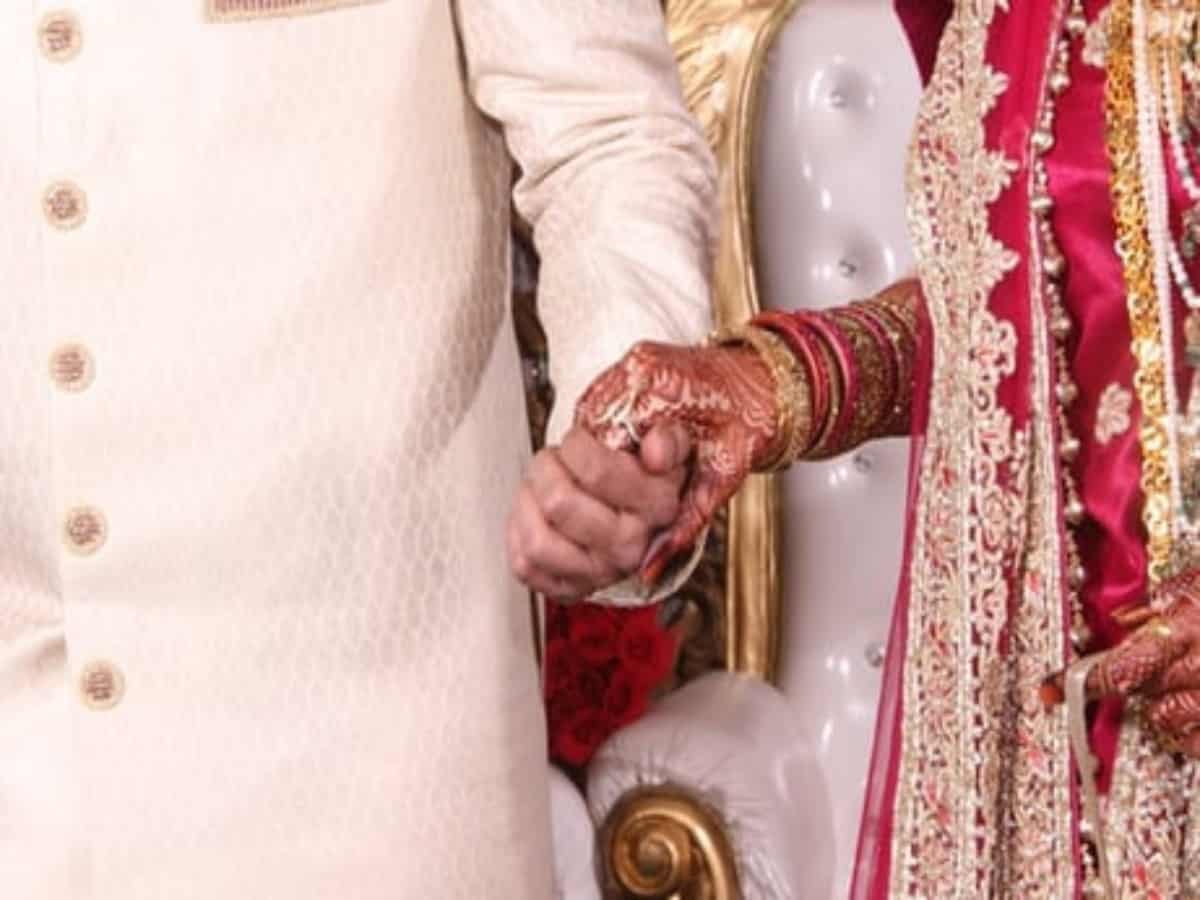
By Amir Ullah Khan and Ismail Shaikh
In the past couple of months, the Government has decided to raise the legal marriage age for women from 18 to 21. The Central Government approved the proposal, and a bill was submitted to Parliament to amend the 2006 Child Marriage Prohibition Act (PCMA). The bill is likely to be passed when Parliament reopens this year. By raising the marriage age of women to 21, which is the same for men, the proposed law equalizes the legal marriage age of men and women. This includes amendments to the individual laws of various communities regarding marriage age to ensure consistency in this regard.
The passing of this law has been rather strange. Prior to the passing of the bill, there was absolutely no discussion on issues that could have prompted the passing of the law. In this way, the law simply seems to have come out of the blue. Moreover, justifications given for passing the law have been equally strange. Smriti Irani, the Union Minister for Women and Child Development, claimed that it ensured that women were made legally equal to men by having the same marriageable age. The argument seems a little problematic as the same outcome could have been achieved if the men’s age had been lowered. Then the ages would be the same, and legal equality would have been achieved. Irani did not stop at this. She furthered her argument by stating that many child marriages are taking place, and this law will be beneficial in stopping them. Again, the argument seems spurious. If children are getting married despite the age of marriage being 18 years, what is the use of increasing the age to 21 years?
The Government’s rationale for passing the law seems even more mysterious. What does the Government hope to gain from raising the marriage ages of women? What will women hope to gain from the increased marriage ages? Undoubtedly, suppose the marriage age was increased from, say, 15 years to 19 years. In that case, many children’s lives could have been spared from premature marital problems. Many could have completed their education instead of being siphoned off as brides etc. Yet, the increase in marriage age from 18 to 21, a mere three years of an already adult woman seems somewhat bizarre. It could be argued that increasing the age might contribute to more women enrolling in colleges and going for higher studies. Still, the problem with that is that women who can afford a college education already do that, and one of the biggest reasons for them not being able to study is simply that they cannot afford to do so. If increasing female college graduates was the goal of the Government, why did it merely not subsidize education for them as it had done in the past for primary levels?
Although the Government’s rationale for passing the bill still seems to be a great mystery, we still can discern some difficulties that families would face given the age increase. It was pointed out that the primary reason for early marriages was that the family could not afford to keep feeding the children for long, and so the girls were usually married off early. Now, this won’t be the case as the marriage age has been increased, and now poorer families will have some trouble as they legally won’t be able to do so and will have to wait another three years before they can marry off their daughter. Instead of penalizing poor people, the Government could have offered subsidies to low-income families by giving employment and health services to women, thus improving their and their families’ lots.
India’s poor performance of all gender indices is precisely because of this short-sighted and patriarchal mindsets. The age at marriage goes up in every region only when girls get educated and continue to higher education. In India, access to education is hugely unequal and the UNDP’s Human Development Report has pointed this out year after year. The gender gap is huge and is increasing. Instead of taking steps to address this problem, we have this bizarre idea of legislating against the problem. Nearly a hundred years ago, the British government had done exactly this and passed the infamous Sharda Act, that has achieved nothing in a century. According to the 2011 census, nearly 28% girls get married before the marriageable age of 18 and nearly 12 million were married before turning TEN.
In most developed countries, while the minimum age prescribed is 18, children below that age can marry on parental or judicial consent. In India, while it is illegal for girls to marry before turning 18, the law turns a blind eye to any transgression simply because the society accepts early marriages and because the numbers are too huge to charge wrong doers. Such laws only give law enforcers and the police the power to harass the poor who often do not have documentary proofs of age or of dates of birth. Any new draconian law gives more direction to corrupt machinery that thrives on wielding the lathi. What we need is interventions like Sheila Dikshit’s Laadli scheme where girls and parents are incentivised to get marriage as late as possible. We instead have schemes like Shaadi Mubarak which encourage marriages as soon as girls turn 18. Scholarships, better and safer educational spaces, and politicians who lead by example are what we need to fight early marriages, not another law that threatens the poor and the marginalised.
Amir Ullah Khan and Ismail Shaikh are researchers at the Centre for Development Policy and Practice, Hyderabad



